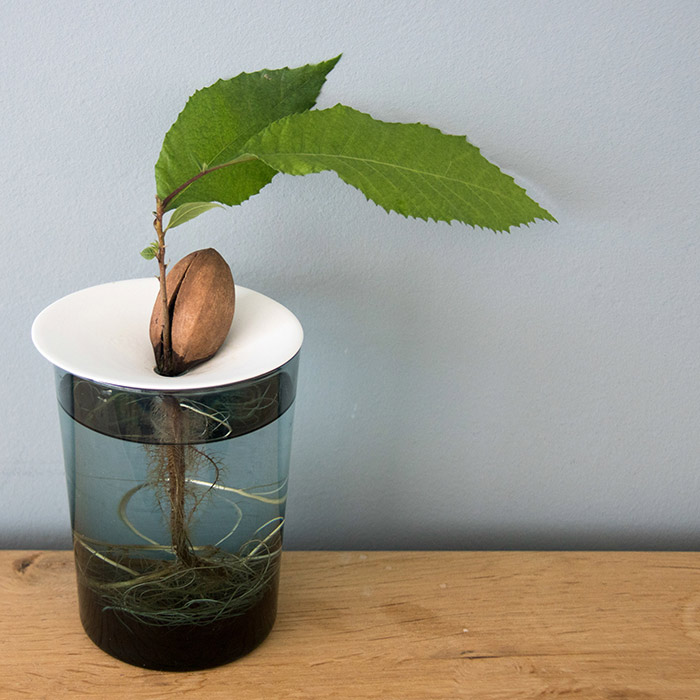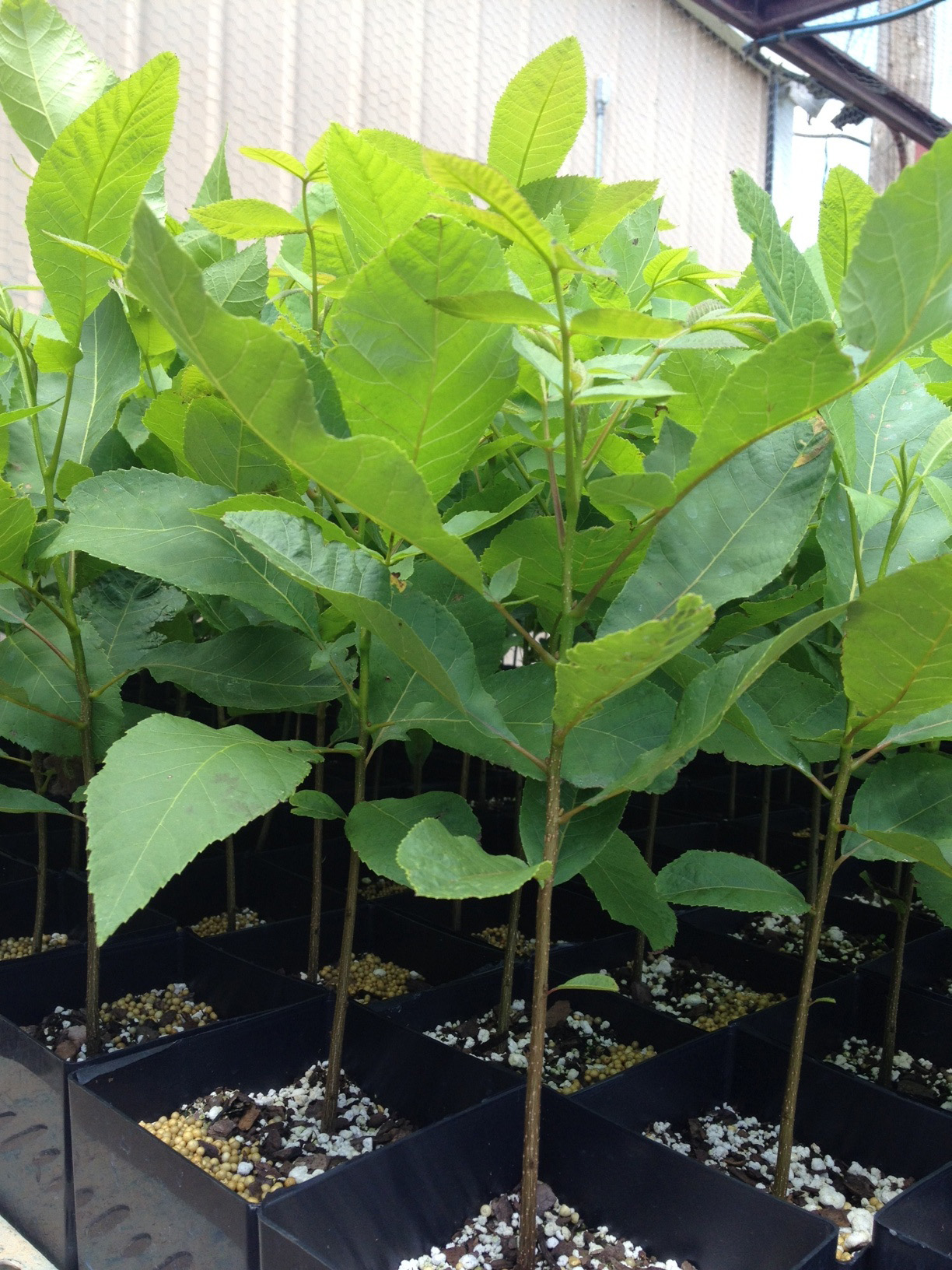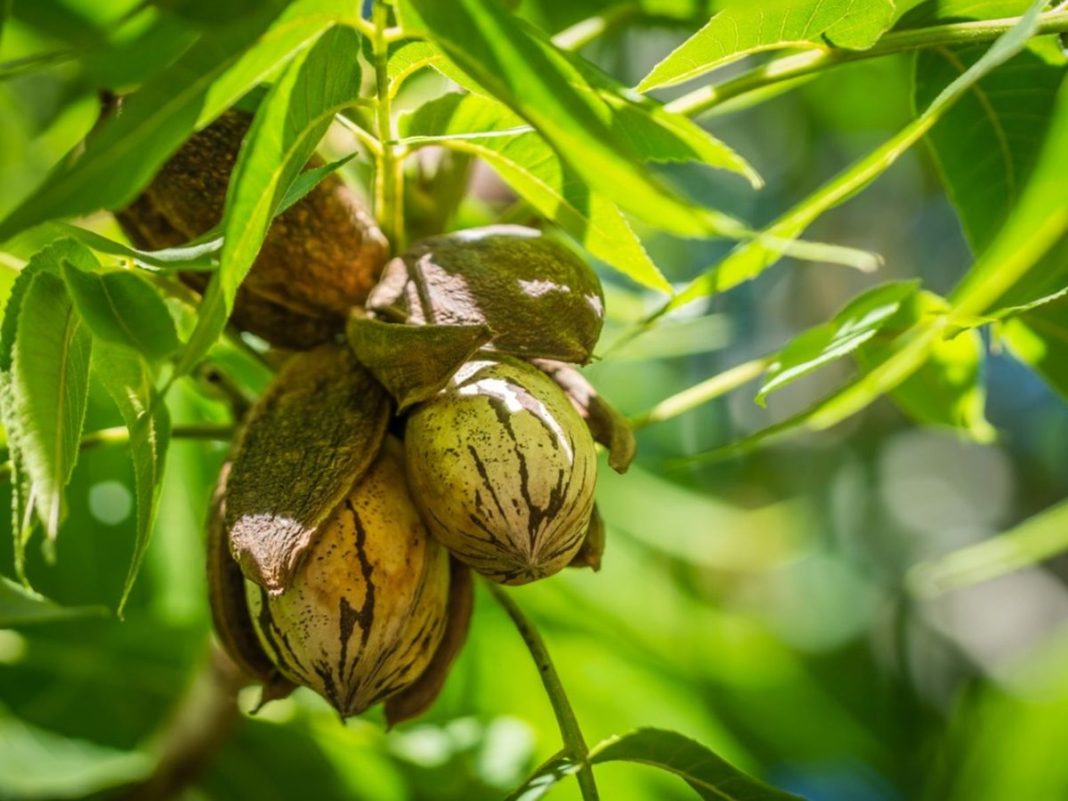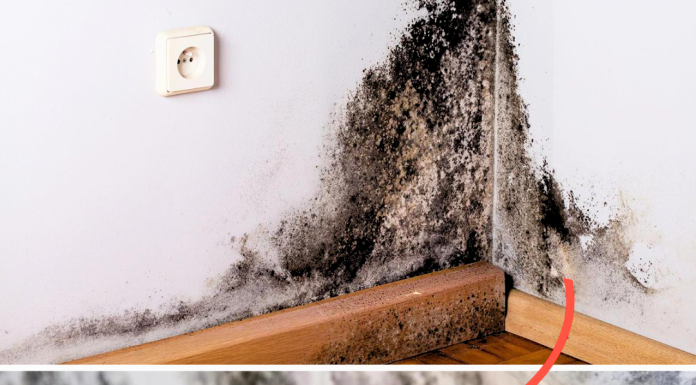How To Grow Pecan Nuts From Seeds In 5 Easy Steps
Pecan nut trees offer not just a delicious bounty but also add aesthetic appeal and shade to your yard. Though they take time to mature and produce nuts, the reward is well worth the patience invested. If you’re ready to embark on the journey of growing pecan nuts from seeds, this comprehensive guide will provide you with all the necessary steps to succeed.

Step-by-Step Tutorial
Step 1: Seed Preparation and Planting
- Selecting Seeds: Opt for nuts from healthy, mature pecan trees. You can gather them in the fall once they’ve naturally fallen or purchase them from a reliable nursery. Ensure you pick plump, well-filled nuts.
Preparation: After obtaining the seeds, it’s essential to stratify them to mimic winter conditions, crucial for germination. Place the nuts in a plastic bag with slightly moistened peat moss and refrigerate for about three months. After stratification, perform a float test by placing the nuts in water. Discard any that float, as they’re likely empty or won’t germinate.
- Planting: Pecan trees thrive in well-drained, loamy soil with a slightly acidic to neutral pH. Choose a sunny location with ample space between trees, as they can grow large. Plant the seeds about 2 inches deep in well-prepared soil, spacing them 30-40 feet apart to accommodate their mature size.

Step 2: Seedling Care and Transplanting
- Care: Provide consistent watering, especially during dry spells, aiming to keep the soil moist but not waterlogged. Fertilize with a balanced or pecan-specific fertilizer in late winter or early spring, adjusting based on seedling growth.
- Transplanting: When seedlings are around one year old, consider transplanting them to a permanent location with adequate spacing and sunlight. Transplant during their dormancy period in late winter, ensuring the entire root system is moved and planting at the same depth. Water thoroughly after transplanting and mulch to retain moisture.
Step 3: Pecan Tree Maintenance
- Watering: Ensure proper hydration, especially during dry periods, through deep, infrequent watering to encourage deep root growth.
- Fertilizing: Continue fertilizing as trees mature, conducting soil tests to determine specific nutrient needs, particularly for zinc.
- Pruning: Regularly prune dead or diseased branches and maintain proper spacing between branches for optimal airflow.
- Pest and Disease Control: Monitor for pests and diseases like pecan scab and aphids, treating promptly to prevent damage.
Step 4: Harvesting Pecan Nuts
Pecan trees typically begin producing nuts at 5-7 years old, though substantial yields may take longer. Harvest when husks split open to reveal mature nuts. Shake the tree gently to dislodge ripe nuts, collect, remove husks, dry in a well-ventilated area, and store in a cool, dry place in airtight containers.

FAQs
- Can I Use Pecan Seeds from the Grocery Store?
While possible, it’s not recommended due to heat treatment affecting germination. It’s best to obtain seeds from a reputable nursery or mature pecan trees.
- When is the Best Time to Plant Pecan Seeds?
Fall mimics natural stratification, but late winter or early spring is also suitable.
- Can I Start Pecan Trees from Cuttings or Grafting?
Yes, but these methods are more advanced and may require specific knowledge and tools, though they can yield nuts more quickly than seeds.
Growing pecan nuts is a rewarding long-term endeavor. With dedication and proper care, your trees can provide a bountiful supply of delicious nuts for years to come. Follow these steps diligently, and enjoy the satisfaction of nurturing your very own pecan trees.










